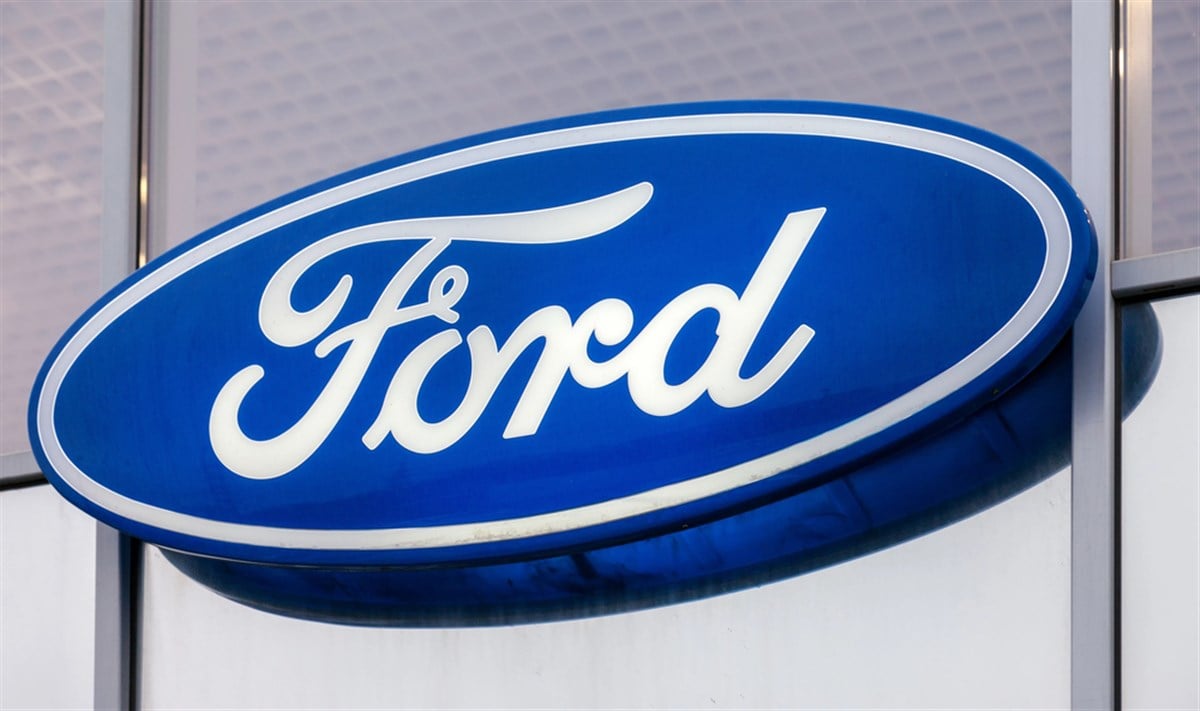Ford's Guidance Cut Couldn't Stop a New 52-Week High

A dramatic market reaction following Ford Motor Company’s (NYSE: F) third-quarter earnings announcement sent a clear signal to investors. After the report, Ford’s stock price jumped more than 12% in the trading session, reaching a new 52-week high of $13.97 on exceptionally high trading volume.
This powerful rally followed Ford's reduction of its full-year guidance for adjusted earnings and free cash flow. This apparent contradiction, a stock soaring on what would typically be viewed as negative news, is the key for investors to understand.
It signals a significant shift in how the market is valuing Ford's business, prioritizing underlying strength over near-term disruptions and focusing on the quality of its earnings rather than just the top-line numbers.
Why the Guidance Cut Didn't Spook Investors
Ford’s third-quarter 2025 financial performance fueled the market's positive reaction, significantly outperforming expectations and highlighting the company's solid financial health across its core operations. Ford delivered record Q3 revenue of $50.5 billion, a 9% year-over-year increase that beat Ford’s analyst community’s consensus estimates of $43.08 billion by 17%. The company posted net income of $2.4 billion and adjusted earnings of 45 cents per share, decisively beating the 38 cents estimate.
This impressive performance made the subsequent guidance cut easier for the market to digest. The company lowered its full-year adjusted earnings before interest and taxes (EBIT) forecast to $6 to $6.5 billion. However, management was clear that this revision was not due to poor performance or weakening demand. It was attributed to a temporary production disruption expected in the fourth quarter from a fire at a key aluminum supplier.
Crucially, Ford immediately detailed its mitigation plan, which includes adding up to 1,000 jobs and new shifts to recover lost F-Series production. The company stated it has a clear line of sight to mitigate at least $1 billion of the financial impact in 2026, effectively framing the issue for investors as a manageable, one-time event.
Ford's Profit Engines Roar Louder Than Ever
Investors looked past the temporary disruption because the Q3 results proved the immense and growing profitability of Ford's core business segments.
- Ford Pro - The Commercial Juggernaut: This division remains the company's standout performer, delivering an impressive $2 billion EBIT on $17.4 billion in revenue for an 11.4% margin. This segment is becoming a more durable, high-margin business, with paid software subscriptions growing 8% sequentially to 818,000, showcasing a successful expansion into recurring revenue.
- Ford Blue - The Stable Foundation: The traditional vehicle business remains a strength for Ford and the automotive sector, generating $1.5 billion in EBIT. Its revenue grew 7% yearly, outpacing wholesale unit growth, a key metric indicating strong pricing power for its highly profitable trucks and SUVs, such as the F-Series and Bronco.
Strategic Tailwinds are Clearing the Road Ahead
Positive strategic and policy developments complement the quarterly results, reducing financial headwinds and underscoring management's operational discipline.
A significant positive development announced on Ford’s Q3 earnings call was the downward revision of the full-year net tariff headwind from $2 billion to just $1 billion. This $1 billion bottom-line benefit, resulting from recent U.S. policy changes, provides a significant earnings tailwind and underscores Ford's key competitive advantage: its large domestic manufacturing footprint.
Furthermore, the company's focus on operational efficiency yields tangible financial results. Ford achieved its fifth consecutive quarter of year-over-year cost reductions (excluding tariffs) and confirmed it is on track to hit its $1 billion net cost improvement target for 2025.
This was evidenced by a roughly $450 million year-over-year drop in warranty costs in the third quarter, proving that the company's disciplined approach to managing its industrial system is working.
Finally, management's confidence is reflected in its shareholder returns. Ford’s consistent dividend, supported by strong adjusted free cash flow of $4.3 billion in Q3, provides an attractive 4.54% yield, signaling a strong belief in sustained cash generation.
Ford's Core Strength Shines Through
Despite a headline cut in guidance, the market's decision to propel Ford's stock to a 52-week high was a sophisticated vote of confidence in the company's underlying strength. Investors have clearly signaled that they prioritize the proven, multi-billion-dollar profitability of the Ford Pro and Ford Blue divisions over a temporary, external disruption.
The powerful earnings beat, a significant reduction in tariff headwinds, and ongoing cost discipline provide a solid fundamental basis for the rally. While the broader analyst community remains measured, with a consensus rating still lagging the market's bullish turn, the decisive reaction from buyers suggests that investors who focus on the strength of the core business see a clear path for continued growth.
This rally appears to be more than just a temporary spike; it is a fundamental re-evaluation of Ford's durable profit-making capabilities.
Learn more about F


